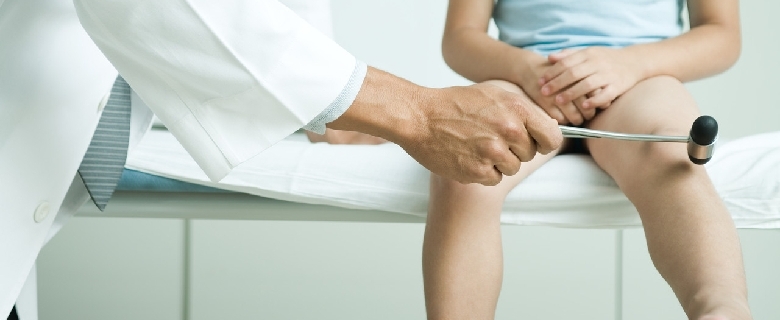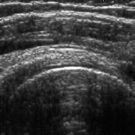
Where to Find Us:
Rehab and Pain Clinics of South Texas
1. Brownsville Clinic
425 E Alton Gloor Blvd
Brownsville, TX 78526
Phone: 956-554-6025
Fax: 956-554-6123
2. Edinburg Clinic
5401 South McColl
Edinburg TX, 78539
Phone: 956-467-5409
Fax: 888-544-6183
What's New?
- UPDATE: Updated Patient Privacy Notice added
- We have RELOCATED! Our McAllen Clinic is now located in Edinburg. The address to the new clinic is found above.
- We are very excited to introduce our 2 new services that we are now offering:
1. Musculoskeletal Ultrasound Injections and Diagnostic Ultrasound
2. Platelet Rich Plasma Injections
Please explore this website for more information.
Introducing Musculoskeletal Ultrasound
Why should I have a musculoskeletal ultrasound examination?
There are many reasons for examining the musculoskeletal system with ultrasound. These are among the more common reasons:
- To look for causes of shoulder pain, including rotator cuff tears, tendinitis and bursitis
- To look for causes of elbow pain, including tennis elbow, golfer's elbow, biceps tears, ligament tears and joint fluid
- To look for causes of wrist and hand pain, including carpal tunnel syndrome, ganglion cysts and tendinitis
- To look for causes of knee pain, including muscle and tendon tears, tendinitis, knee fluid and cysts
- To look for causes of foot and ankle pain, including Achilles tendon problems, other ankle tendon problems, sprains, plantar fascitis and Morton's neuroma
- To evaluate the nature of a soft tissue mass that was felt by the examining doctor or seen on other radiologic exams
- To diagnose and remove a foreign body, for ganglion cyst aspiration and for aspiration of bursal calcification in the treatment of calcific tendinitis
An ultrasound examination might not provide all the information your doctor needs. In those cases, additional studies could be required.
Are there any special preparations for the exam?
There are no special preparations for a musculoskeletal ultrasound examination.
How is the exam performed?
You will be instructed to lie or sit on an examining table. A small device called a transducer is placed on the skin surface after a gel is applied to your skin to provide better contact. The gel can feel cool and could leave a dry white powder on your clothes, so you might want to wear easily washable clothing. A paper or cloth gown will be provided if necessary. The room is usually darkened during the examination so the examiner can see a monitor screen more clearly.
Will it hurt?
There is no pain involved in a musculoskeletal ultrasound examination, unless the examiner pushes on a sore spot with the transducer. Nevertheless, this discomfort is usually very tolerable and no worse than a standard physical examination.
How long will it take?
The length of time for the examination varies with the complexity of the exam and the specific reasons for which it was requested. A general guideline is between 30 and 60 minutes. After the exam, you may safely drive home and eat and drink normally.
Who will perform the exam?
Any physcian or a sonographer, who are trained in ultrasound examinations will examine you. He or she obtains and records a series of images. The doctor then reviews the images and will issue an official interpretation. This interpretation may not be available immediately after you have your exam.
A musculoskeletal ultrasound is a highly interactive study involving the physician (or sonographer) and the patient. The doctor can work with the patient in a way not possible during MRI or CT imaging, communicating and gaining functional information that might not otherwise be available.

